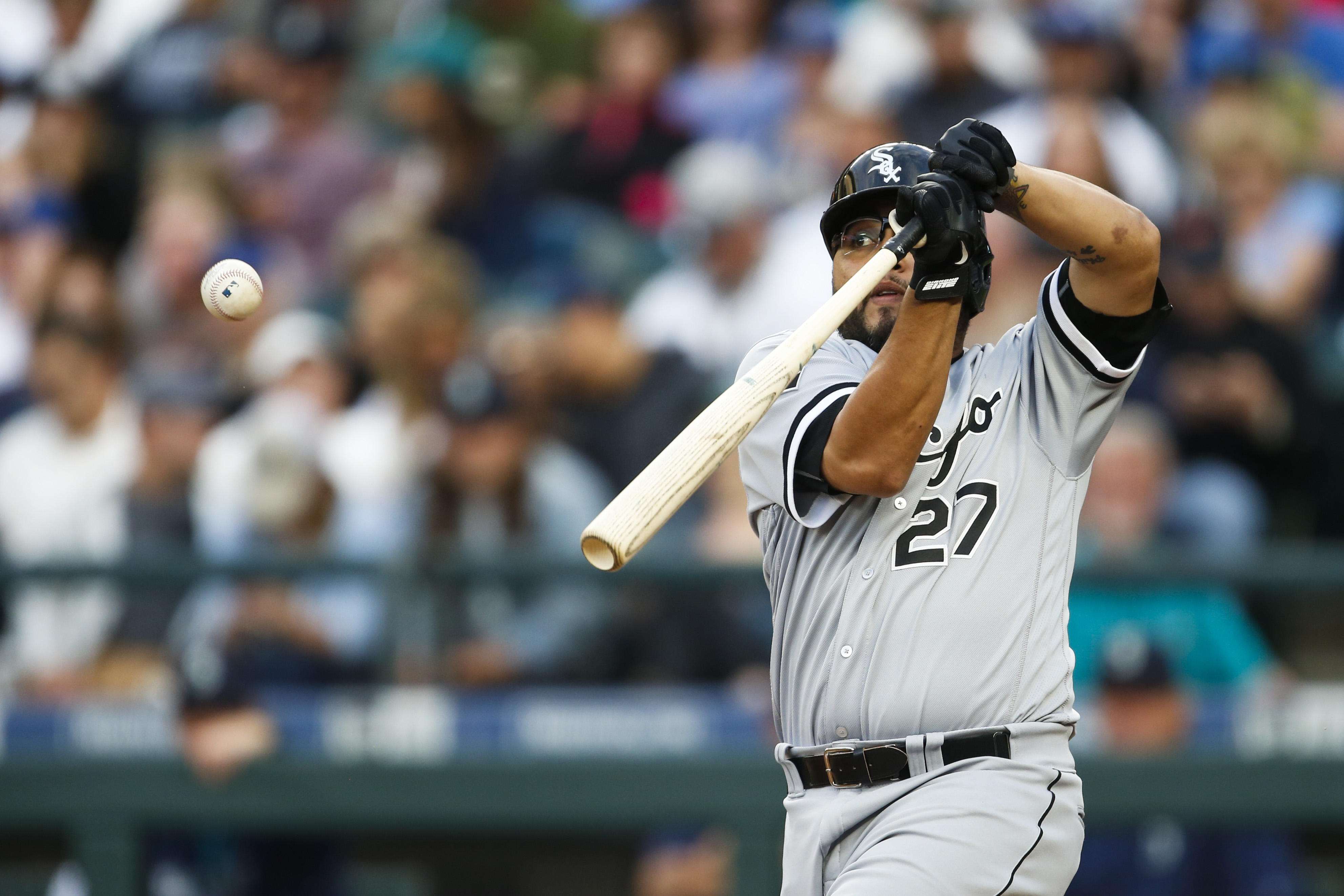When the White Sox made the call to move away from Tyler Flowers in the offseason, the mindset behind the decision was likely that they were willing to sacrifice some defense for better offense.
Moving on from Flowers made sense, as despite being heralded as a prospect whose bat would play even if his defense was questionable, Flowers never became an above-average hitter, and most years was at or below the league average for catchers offensively.
Of course, what became Flowers’ strength was that he usually ranked near the top of the league in pitch framing, and had developed a reputation for calling a good game, something Chris Sale was often quick to praise.
So in jettisoning Flowers for the platoon of free-agent acquisitions Alex Avila and Dioner Navarro, the White Sox were essentially attempting to trade defense for offense behind the plate. In theory, this was easy to understand: the White Sox had one of the five worst offenses in baseball a year ago and, with presumed defensive upgrades at third base and in center and right field, upgrading the offense while downgrading defensively at one position was justifiable.
This is especially true when you consider that of the two pluses in Flowers’ game mentioned earlier, one is intangible and the other’s value is still difficult to quantify. (Although the numbers we do have, particularly in the framing department, say Navarro and Avila have been awful).
Where the White Sox failed is in replacing that known quantity with anything resembling an upgrade. In Avila and Navarro, the White Sox were gambling that a platoon of the two veterans would provide enough of an offensive upgrade to make up for the presumed loss defensively. They were low-risk gambles, but given the organization’s lack of depth at the position, it was actually an ill-conceived gamble that was doomed from the start.
It would be one thing if the White Sox were replacing Flowers with a young player they could at least hope to develop. But in Avila and Navarro, the White Sox built their catching position like a house of cards, with the hope not that they had replaced Flowers with something resembling a long-term solution, but instead with hope that they’d get one more season of value before the arrangement toppled to the ground.
Even if Avila weren’t riddled with injury problems, the Sox were still relying on two guys who hadn’t been markedly above replacement level in a number of years, one who was 32-years-old without plus athleticism, and the other who had suffered multiple concussions and hadn’t been the same since his most recently reported one in 2014.
The only way this would have wound up a significant upgrade is if both had hit their ~80th percentile production level, and with that kind of history that’s a gamble that was never going to pay off. Maybe them failing as miserably as they have — Navarro’s bat dropping off specifically — wasn’t foreseeable, but it was a helluva lot more likely than the combination of A) staying healthy and B) hitting like they had in their respective primes.
Again, I’m not advocating the White Sox sticking with the status quo. When the decision to part ways with Flowers was made, it was refreshing to see a team that has too often stood by unproductive incumbents for far too long — Gordon Beckham, Dayan Viciedo, Avisail Garcia come immediately to mind — move on from such a player. But when you’re replacing mediocre with mediocre, all you’re doing, if you’ll pardon the cliche, is shuffling the deck chairs on the Titanic.
The White Sox have a number of problems to address if they want to get back to contention, but when you’re just swapping out replacement-level veterans for other replacement-level veterans, all you’re really doing is providing an opportunity to watch a new player in a new jersey fail time and time again. The White Sox have been a directionless franchise for too long now, and the catching position exemplifies it as much as any move they’ve made.
Lead Photo Credit: Joe Nicholson-USA TODAY Sports
